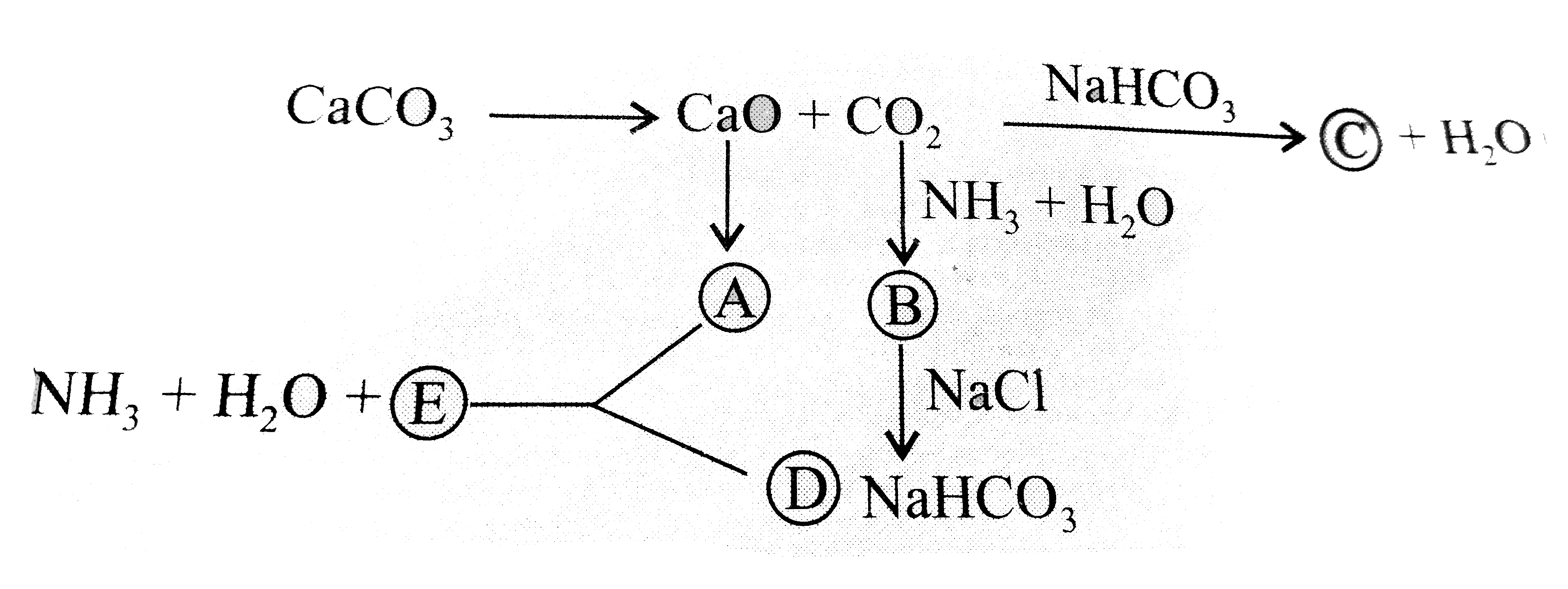Complete Solutions to Ex 4.1 (Subjective) of chapter S-BLOCK GROUP 1 - ALKALI METALS of Class 11 book with complete answers and questions
| Class 11 | CHEMISTRY |
| Chapter | S-BLOCK GROUP 1 - ALKALI METALS |
| CENGAGE CHEMISTRY | Ex 4.1 (Subjective) |
| Number Of Questions | 24 |
| Academic Year | 2023-24 |
Write three general characteristics of the elements of s-block of the periodic table which distinguish them from the elements of the other blocks.
View SolutionThe alkali metals follow the noble gases in their atomic structure. What properties of these metals can be predicted from this information?
View SolutionWhat is atomic number of sodium and Why is sodium metal kept under kerosene oil ?
View SolutionWhen is a cation highly polarising ? Which alkali metal cation has the highest plorising power ?
View SolutionWhy superoxides of of alkali metals are paramagnetic ?
View SolutionAlkali metals are paramagnetic but their salts are dimagnetic. Explain.
View SolutionGive reasons for the following.
LiI has lower melting point than LiF.
View SolutionThe Haber process can be represented as follows

View SolutionWhy does the reaction.

proceed better with KF than with NaF ?
View Solutionwhy lithium is kept wrapped in paraffin wax and not stored in kerosene oil ?
View SolutionWhen is a cation highly polarising? Which alkali metal cation has the highest polarising power?
View SolutionWhy cesium can be used in photoelectric cell, while lithium cannot be ?
View SolutionGive reason for the decreasing order of the conductivity of the following.
`Cs_((aq))^(o+)gtRb_((aq))^(o+)gtK_((aq))^(o+)gtNa_((aq))^(o+)gtLi_((aq))^(o+)`
View Solution`NaHCO_(3)` and `NaOH` cannot exist together in solution. Why ?
View SolutionOn exposure to air, sodium hydroxide becomes liquid and after sometime it changes to white power. Explain.
View SolutionAlkali metals are obtained by the electrolysis of the molten salts and not by the electrolysis of their aqueous solutions. Give reason.
View SolutionWhat happens when:
a. Potassium metal is dropped in water
b. Potassium is heated in free supply of air
c. Potassium superoxide is dissolved in water
View SolutionHow is sodium carbonate manufactured by Solvay's process? Draw a schematic diagram and explain all the steps involved in the process. What is the action of heat on sodium carbonate ?
View Solutiona. Describe one method of manufacture of castic soda.
b. What happens when caustic soda reacts with
i. Ai metal , ii. `CO_(2)` , iii. `SiO_(2)`
c. Describe four industrial uses of caustic soda.
View SolutionAnswer the following:
Give the name of the hardest alakli metal.
View SolutionExplain the following:
a. Alkali metals are paramagnetic, but their salts are diamagnetic.
b. The inside surface of a glass bottle containing caustic sada becomes dull.
View SolutionIdentify (A) and (B) in the following:
`KO_(2)+S overset(Delta)rarr (A)`
`(A)+BaCI_(2)rarr underset("White ppt.")(B)`
View SolutionLiOH has been used by astronauts. Explain the use with the help of reaction.
View SolutionGive the composition and action of backing powder.
View Solution
Ex 4.1 (Subjective) questions and complete solutions for chapter S-BLOCK GROUP 1 - ALKALI METALS of CENGAGE CHEMISTRY (ENGLISH) of Class 11
All Exercises from CENGAGE CHEMISTRY Class 11 CHEMISTRY S-BLOCK GROUP 1 - ALKALI METALS
- Archives Assertion Reasoning
- Archives Fill In The Blanks
- Archives Multiple Correct
- Archives Single Correct
- Archives Subjective
- Archives True/False
- Ex 4.1 (Objective)
- Ex 4.1 (Subjective)
- Ex 4.1 (True/False)
- Exercises Assertion Reasoning
- Exercises Fill In The Blanks
- Exercises Integer
- Exercises Linked Comperension
- Exercises Multiple Correct
- Exercises Single Correct
- Exercises True/False
- Illustration
- Solved Examples